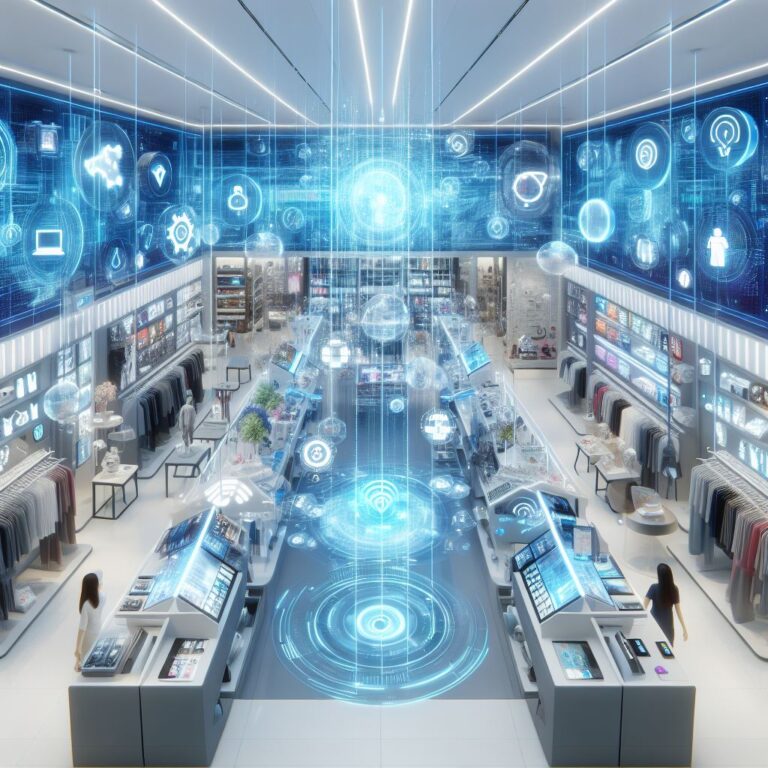Innovating Store Layouts with Retail Technology Integration

The integration of technology in retail store layouts represents a significant shift in how retailers engage with customers and manage operations. This comprehensive exploration delves into various technologies that are reshaping the retail landscape, enhancing customer experiences, and streamlining store operations.
Digital Signage: Enhancing Communication and Engagement
Digital signage offers dynamic and flexible ways to communicate with customers. These high-impact visual displays can showcase promotions, provide product information, and enhance brand storytelling. They grab customer attention and can be updated in real-time, making them an effective tool for engagement. A study by Grand View Research indicates that the digital signage market is expected to grow significantly, driven by its ability to improve customer interaction and its application in advertising.
Interactive Kiosks: Personalizing the Shopping Experience
Interactive kiosks have revolutionized customer service by offering self-service options that empower customers. These kiosks can provide product information, assist in inventory checks, and even handle transactions. Their interactive nature not only enhances customer autonomy but also frees up staff to assist in more complex customer service tasks. The integration of AI and machine learning in these kiosks can further personalize shopping experiences, offering recommendations based on customer preferences and purchase history.
Virtual Fitting Rooms: Bridging the Online and Offline Worlds
Virtual fitting rooms represent a significant innovation in retail, especially in the fashion sector. They allow customers to try on clothes virtually using augmented reality, reducing the need for physical fitting rooms and speeding up the selection process. This technology not only enhances customer convenience but also merges the online and offline shopping experiences. Virtual fitting rooms can also gather valuable data on customer preferences, aiding in inventory management and personalized marketing.
Integrating POS Systems for Efficient Checkout
Modern Point-of-Sale (POS) systems do more than process transactions; they integrate sales, inventory, and customer data to provide a comprehensive view of store operations. These systems can streamline the checkout process, manage inventory in real-time, and offer insights into customer buying patterns. Advanced POS systems with mobile capabilities allow for more flexible and efficient customer interactions, including mobile checkouts and payment processing.
Utilizing IoT and Smart Technologies for Operational Efficiency
The Internet of Things (IoT) and smart technologies are being increasingly adopted in retail for operational efficiency. Smart shelves equipped with weight sensors and RFID tags can track inventory in real-time, helping to prevent stockouts. IoT devices can also monitor store conditions, such as temperature and lighting, enhancing the shopping environment and conserving energy.
Embracing Technology for Future-Ready Retail
The integration of technology into retail store layouts is not a futuristic concept but a present reality. As these technologies continue to evolve, they offer retailers new opportunities to create engaging, efficient, and personalized shopping experiences. Embracing these innovations is essential for retailers looking to stay competitive and meet the ever-changing expectations of their customers.
Conclusion
The fusion of technology and retail store design is transforming the shopping experience, offering customers convenience, personalization, and engagement. For retailers, technology integration represents an opportunity to innovate, differentiate, and drive operational efficiency. As the retail landscape evolves, those who leverage these technologies will be well-positioned to lead in a digitally-driven market.